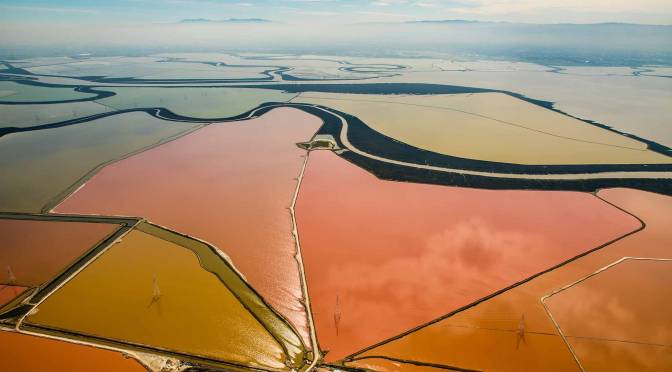-- Four-hour documentary narrated by Robert Redford --
-- Airs on PBS stations Wednesdays, April 20 & 27 and May 4 & 11 at 10pm --
January 18, 2011, San Francisco, CA --- As the nation recovers from the largest offshore oil spill in its history, patchwork levee systems continue to fail, and news of garbage patches in our oceans stress the dangers of pollution, protecting America’s waterways has never been more critical. Damage to local beaches, wetlands, and estuaries can have far-reaching consequences, but history shows they can also be saved. Saving the Bay (kqed.org/SavingtheBay) explores the storied history of San Francisco Bay with four one-hour episodes tracing the Bay from its geologic origins following the last Ice Age, through years of catastrophic exploitation, to the restoration efforts of today. Narrated by famed actor and environmentalist Robert Redford, the award-winning Saving the Bay premieres on most PBS stations Wednesdays, April 20 & 27 and May 4 & 11 at 10pm (check local listings).
From the Gold Rush to the Golden Gate Bridge, and through World’s Fairs and World Wars, San Francisco Bay has been central to the identity of one of the world’s leading economic, academic, recreational, and cultural regions. Saving the Bay is the first television program to tell the story of the San Francisco Bay and the people who have shaped and reshaped it; from native inhabitants to those who now seek to restore balance to a fabled estuary in the midst of one of the nation’s largest and most vibrant urban centers.
Widely acclaimed as one of the world’s most beautiful natural harbors, San Francisco Bay is the largest estuary on the Pacific Coast of both North and South America. It is also the most invaded aquatic ecosystem in North America. Saving the Bay details how the Bay was almost lost to landfill schemes ranging from the daring to the deranged, and celebrates the more recent restoration and expansion of this once threatened treasure.
Without the activism of the grassroots Save The Bay organization and the efforts of the budding environmentalist movement, the damage to the Bay, the Bay Area, and beyond would have been enormous. Without San Francisco Bay, the climate would change, beloved views would be drastically altered, the economy would be different, and the ecosystem would be irreparably damaged. Saving the Bay offers an inspirational history of how the efforts of a few forward-thinking individuals helped to save the centerpiece of an area home to millions.
The four one-hour episodes of Saving the Bay are:
